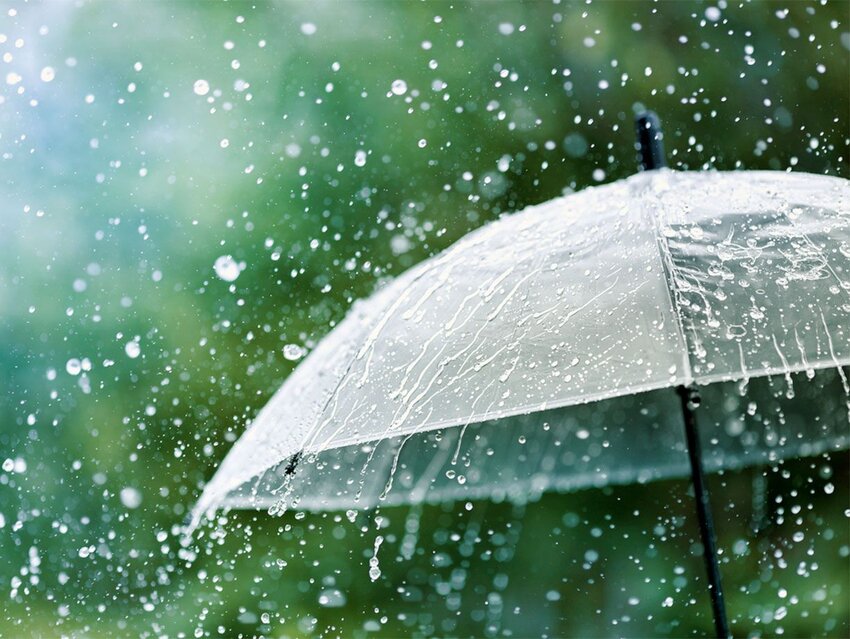Can you imagine turning on the Weather Channel to get an update on Storm 34B-SQ59? While major storms aren’t sentient beings, it’s become standard to give them human names to make it easier to communicate about them, especially during critical news updates. From Hurricane Elsa to Tropical Storm Cristobal, there’s an intriguing legacy behind naming storms.
The History of Naming Storms
A few hundred years ago, storms were named after the Catholic saint’s day that lined up with the storm. For example, Hurricane Santa Ana landed in Puerto Rico on July 26, 1825. But if storms hit on the same day in different years, names doubled up. Hurricane San Felipe I struck Puerto Rico on September 13, 1876 and then San Felipe II hit in 1928.
In the late 19th century, Australian meteorologist Clement Wragge began using women’s names for tropical storms. The practice was adopted by the U.S. Navy and Air Force during World War II when latitude and longitude identifications proved to be too cumbersome.
Outside of the military, early 20th century storms were named and tracked by the year and order, with names such as “1940 Hurricane Two” and “1932 Tropical Storm Six.” This created some confusion when multiple storms were happening during the same time, especially during news broadcasts. To reduce confusion, United States weather services also began using female names for storms in 1953, and later added male names to the list in 1978. This began the modern version of how we name storms.
Who Is in Charge of Storm Names?
Although NOAA’s (National Oceanic and Atmospheric Administration) National Hurricane Center is the premier source for news about storms, this organization does not name them. Instead, the World Meteorological Organization does. The WMO is a specialized agency of the United Nations, headquartered in Switzerland, that focuses on weather, climate, and water resources. Each year, the WMO creates a list of potential names for the upcoming storm season.
Where Do the Names Come From?
There is a bit of an art to naming modern-day storms. The WMO compiles six lists of names for each of the three basins under its jurisdiction: Atlantic, Eastern North Pacific, and Central North Pacific. Countries outside of this jurisdiction have their own naming conventions. For areas within the WMO, such as the United States, storm names are cycled through every six years. That means that the list of names for the 2021 season will be used again in 2027.
Each list contains 21 names that begin with a different letter of the alphabet (minus Q, U, X, Y, Z because of the limited number of names). For the Atlantic basin, names are typically chosen from English, French, and Spanish, because the countries impacted primarily speak one of those three languages. While the names are supposedly random, there are some pop culture-related coincidences, such as 2021’s Hurricane Elsa.
When Is a Storm Named?
A tropical storm can be named once it meets two criteria: a circular rotation and wind speeds more than 39 MPH. Once a storm reaches 74 MPH, it becomes a hurricane but keeps the same name it was first given as a tropical storm, such as when Tropical Storm Larry turned into Hurricane Larry in September 2021.
Hurricane names can also be retired, and this is often done when a hurricane is especially destructive. As of the 2020 season, there are 93 names on the retired Atlantic hurricane list, including 2004’s Katrina, 2012’s Sandy, and 2016’s Matthew. When a name is retired, it is replaced with a new name.
New Rules in 2021
Before the 2021 season, if the full list of storm names was used before the end of the season, any additional storms that reached the necessary criteria for naming would use the Greek alphabet — Alpha, Beta, Gamma, etc. There were 30 named storms in 2020, only the second time the full list of names had been used.
As of 2021, the WMO will use a supplementary list of names, similar to the original list (starting with Adria and ending with Will). The WMO felt that the Greek names were too distracting. From a technical perspective, the Greek names could also not be replaced in a way that made sense if they were retired (such as Eta and Iota in 2020).
Featured image credit: Julia_Sudnitskaya/ iStock

